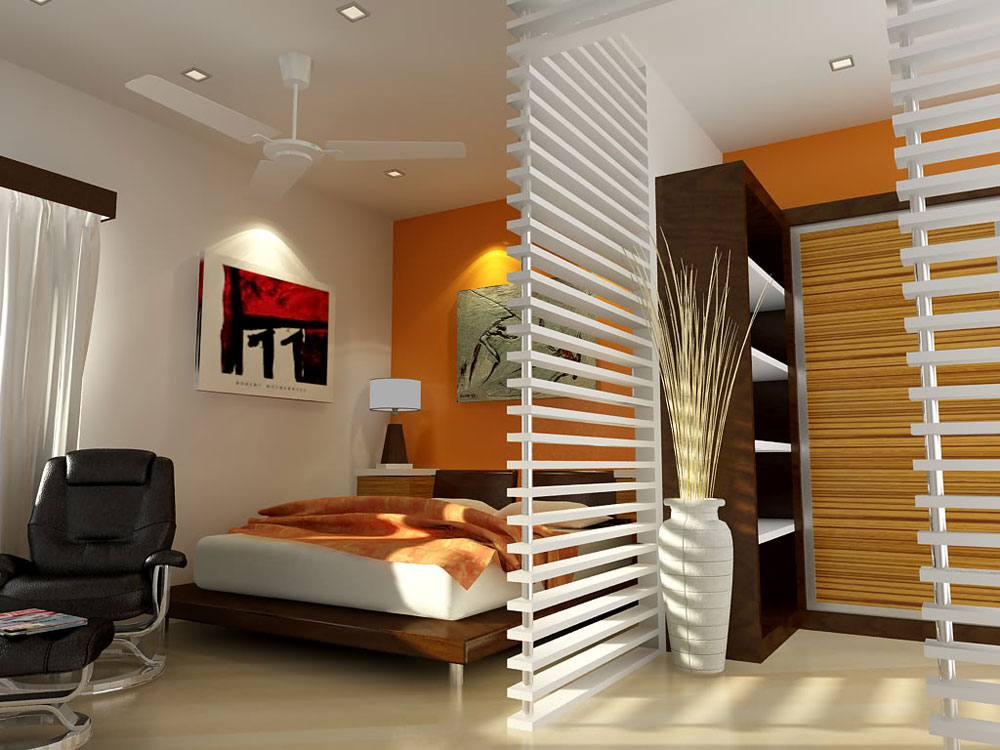With homes getting smaller, optimal use of space is crucial. The key to making every square foot counts is through clever space planning and multi-function funiture. Most designers cite open concept design as a common solution. An openconcept kitchen creates an illusion of space by opening up the adjoining living area. Installing mirrors can also make a small space appear larger. Integrating feature walls, installing partitions with storage systems or walk-in wardrobes maximises space use.
Choosing items that serve multiple functions or fold out of the way instead of space hogging furniture, e.g. large dining tables or sofas could mean the difference between a spacious and a squashed living room or apartment.
From studio apartments and one bedroom apartments, smaller homes with tight living spaces require creativity, good planning and an eye for details by experienced designers.
Clever design can produce small but exciting homes. Below are eight tips you may find useful in designing your small home:
Choosing items that serve multiple functions or fold out of the way instead of space hogging furniture, e.g. large dining tables or sofas could mean the difference between a spacious and a squashed living room or apartment.
From studio apartments and one bedroom apartments, smaller homes with tight living spaces require creativity, good planning and an eye for details by experienced designers.
Clever design can produce small but exciting homes. Below are eight tips you may find useful in designing your small home:
1. Taking inventory of your home size and layout to figure out how you can maximise its design
2. Look to proportions to guide your design decisions and buying of furniture
3. Do not indulge your collecting urges by keeping everything
4. Sit down with a floor plan of your tiny space and some scale furniture to test layouts
5. Consider continuous, unbroken floor and wall surfaces if your space is feeling too tight.
6. Light colors visually expand space making it seem bigger than it is
7. Don't feel like you've got to fill every space up; not every wall needs art, not every sofa needs a coffee table.
8. Tackle suggestions for improving small spaces intentionally, one at a time. Allow yourself to change back if it doesn't work.
2. Look to proportions to guide your design decisions and buying of furniture
3. Do not indulge your collecting urges by keeping everything
4. Sit down with a floor plan of your tiny space and some scale furniture to test layouts
5. Consider continuous, unbroken floor and wall surfaces if your space is feeling too tight.
6. Light colors visually expand space making it seem bigger than it is
7. Don't feel like you've got to fill every space up; not every wall needs art, not every sofa needs a coffee table.
8. Tackle suggestions for improving small spaces intentionally, one at a time. Allow yourself to change back if it doesn't work.




